Turning Science into Action
People are exposed to increasing amounts of toxic chemicals in air, food, water, personal care and cleaning products, at home and at work. The problem is so large, we cannot protect ourselves with individual actions alone - we need policy change.
That's why we share the science and best scientific methods to inform and guide policies that protect people from harmful chemicals, particularly those who are especially vulnerable such as pregnant people and children, and those who are disproportionately impacted.
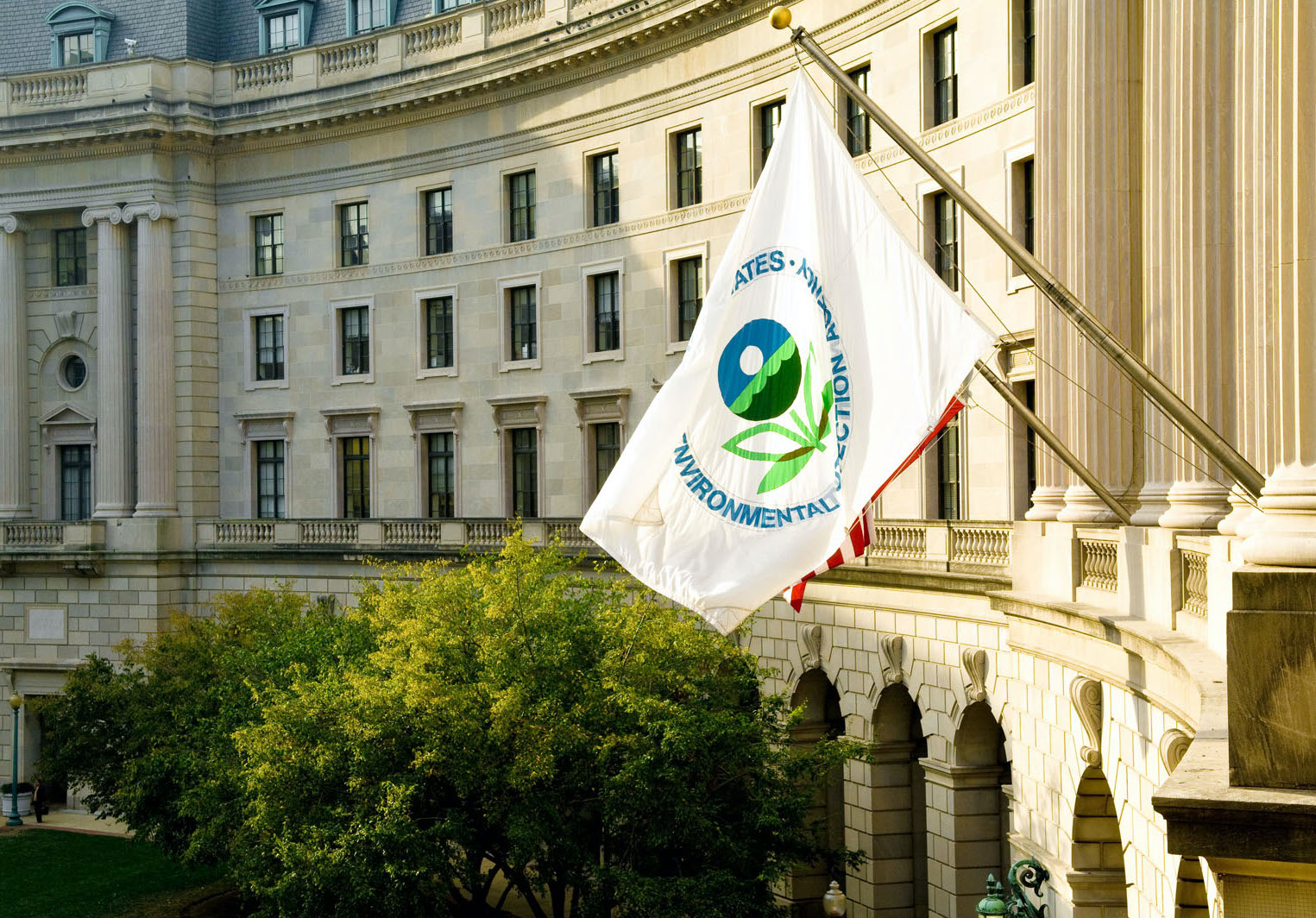
How to Strengthen EPA's Mission to Protect Health
To help EPA put science and public health front and center, PRHE collaborated with top scientists and chemical policy experts from around the country to develop evidence-based recommendations to improve hazard and risk assessment, and prevent harms from chemicals and pollutants.
Major Policy Areas
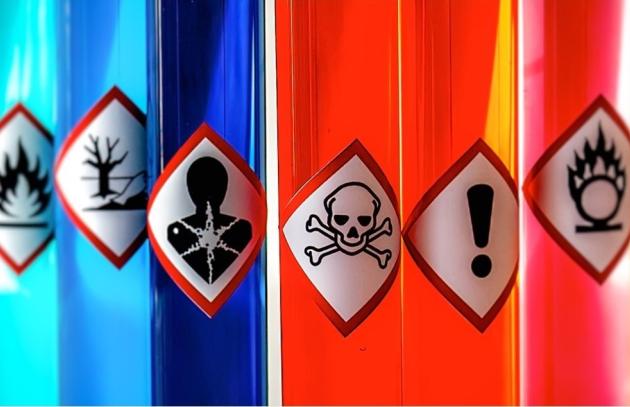
Chemicals and TSCA
We analyze federal chemical policy and EPA's implementation of the updated Toxic Substances Control Act, the law that governs regulations of chemicals in commerce.

Science Integrity
PRHE developed the Navigation Guide systematic review methodology to better evaluate the quality and strength of the evidence on how hazardous chemicals impact health.
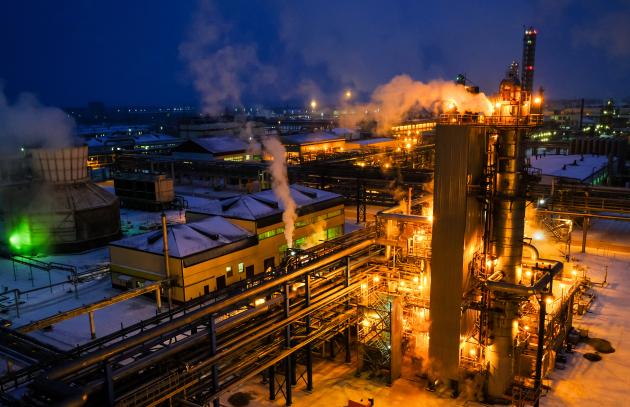
Industry Documents
From lead and tobacco to hiding the truth about fossil fuels and climate, polluters have a long history of manipulating science and public opinion to maintain their corporate interests. We help gather these documents as part of UCSF's Industry Documents Library.
Policy Strategies

Public Comments
We monitor EPA and other regulatory body actions and comment on whether they are following the best science and protecting health. Public comments are essential to holding government agencies accountable.
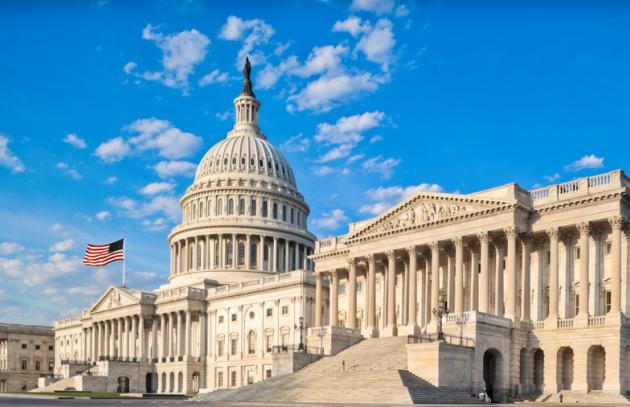
Legislative Briefings
PRHE planned legislative briefings to inform policymakers and staff about issues related to implementation of the Toxic Substances Control Act and science and decision making at EPA.
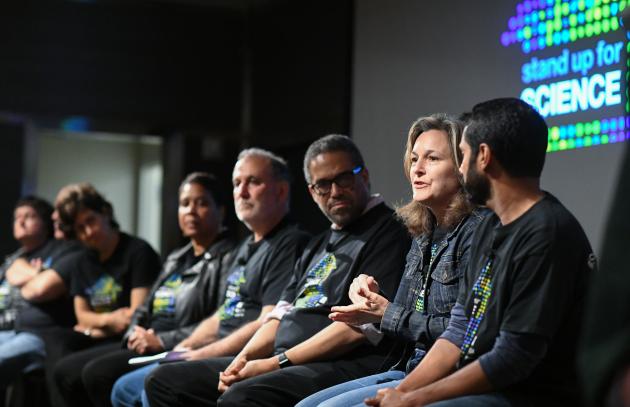
Science Action Network
PRHE launched the Science Action Network for Health and the Environment to bring together environmental health scientists to be a strong voice for science integrity and to prioritize health in chemical and environmental policy.
Published Papers
A Science-Based Agenda for Health-Protective Chemical Assessments and Decisions
Hazard identification, risk assessment, regulatory, and policy activity are usually conducted on a chemical-by-chemical basis. Grouping chemicals into categories or classes is an underutilized approach that could make risk assessment and management of chemicals more efficient for regulators.
A Science-Based Agenda for Health-Protective Chemical Assessments and Decisions
Human health risk assessment currently uses the reference dose or reference concentration (RfD, RfC) approach to describe the level of exposure to chemical hazards without appreciable risk for non-cancer health effects in people. However, this “bright line” approach assumes that there is minimal risk below the RfD/RfC with some undefined level of increased risk at exposures above the RfD/RfC and has limited utility for decision-making.
A Science-Based Agenda for Health-Protective Chemical Assessments and Decisions
A key element of risk assessment is accounting for the full range of variability in response to environmental exposures. Default dose-response methods typically assume a 10-fold difference in response to chemical exposures between average (healthy) and susceptible humans, despite evidence of wider variability. Experts and authoritative bodies support using advanced techniques to better account for human variability due to factors such as in utero or early life exposure and exposure to multiple environmental, social, and economic stressors.
A Science-Based Agenda for Health-Protective Chemical Assessments and Decisions
Understanding, characterizing, and quantifying human exposures to environmental chemicals is critical to protect public health. Exposure assessments are key to determining risks to the general population and for specific subpopulations given that exposures differ between groups.
A Science-Based Agenda for Health-Protective Chemical Assessments and Decisions
The manufacture and production of industrial chemicals continues to increase, with hundreds of thousands of chemicals and chemical mixtures used worldwide, leading to widespread population exposures and resultant health impacts. Low-wealth communities and communities of color often bear disproportionate burdens of exposure and impact; all compounded by regulatory delays to the detriment of public health. Multiple authoritative bodies and scientific consensus groups have called for actions to prevent harmful exposures via improved policy approaches.
In February 2021, over one hundred scientists and policy experts participated in a web-based Workshop to discuss the ways that divergent evaluations of evidence and scientific uncertainties are used to delay timely protection of human health and the environment from exposures to hazardous agents.
Welding fumes have been classified as carcinogenic to humans (Group 1) by the WHO International Agency for Research on Cancer (IARC) in IARC Monograph 118; this assessment found sufficient evidence from studies in humans that welding fumes are a cause of lung cancer. In this article, we present a systematic review and meta-analysis of parameters for estimating the number of deaths and disability-adjusted life years from trachea, bronchus, and lung cancer attributable to occupational exposure to welding fumes, to inform the development of WHO/ILO Joint Estimates on this burden of disease (if considered feasible).
